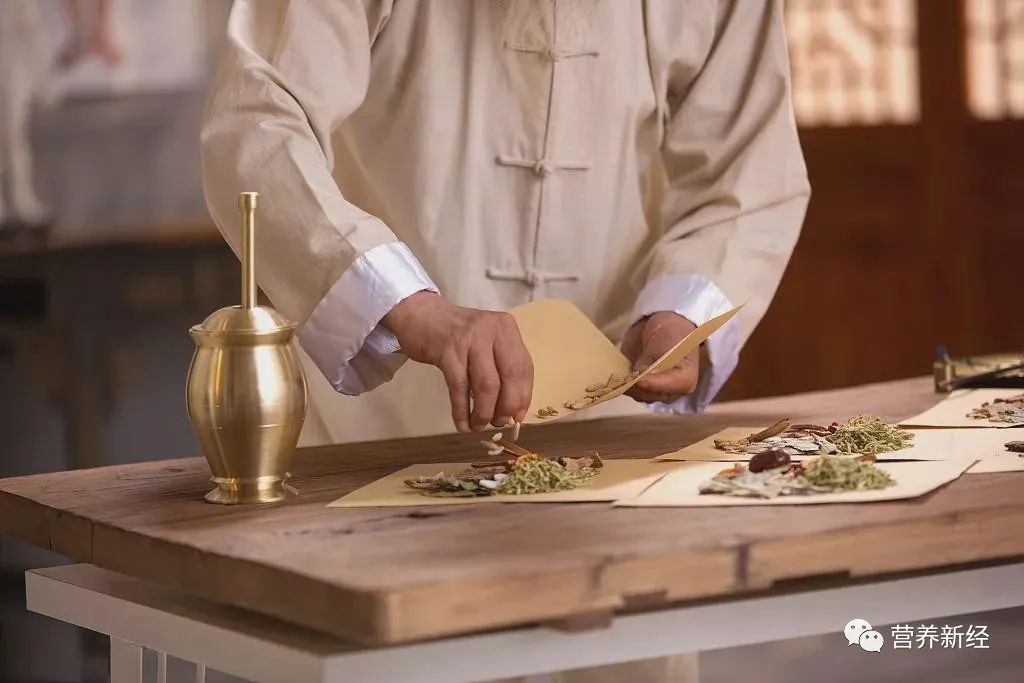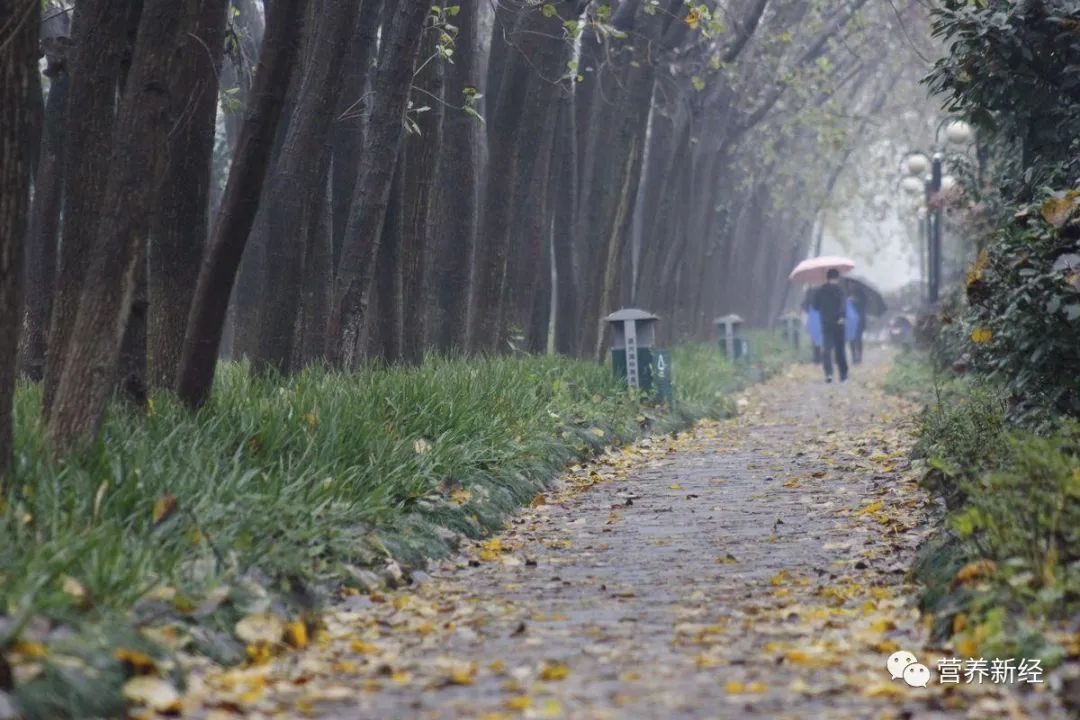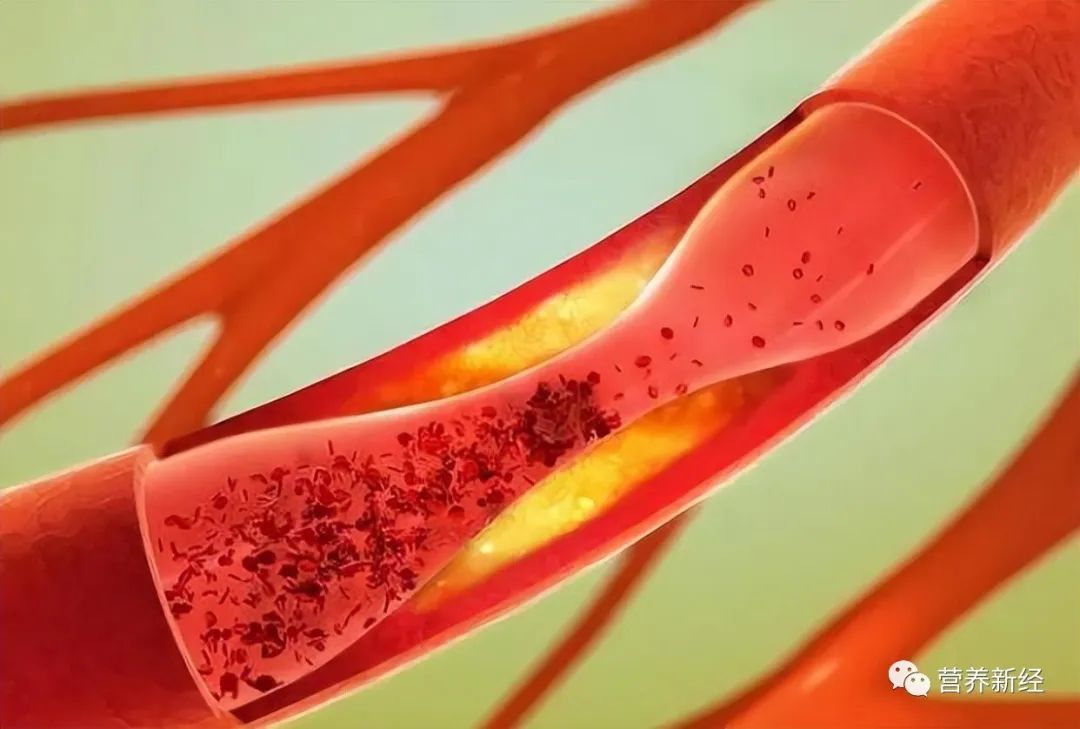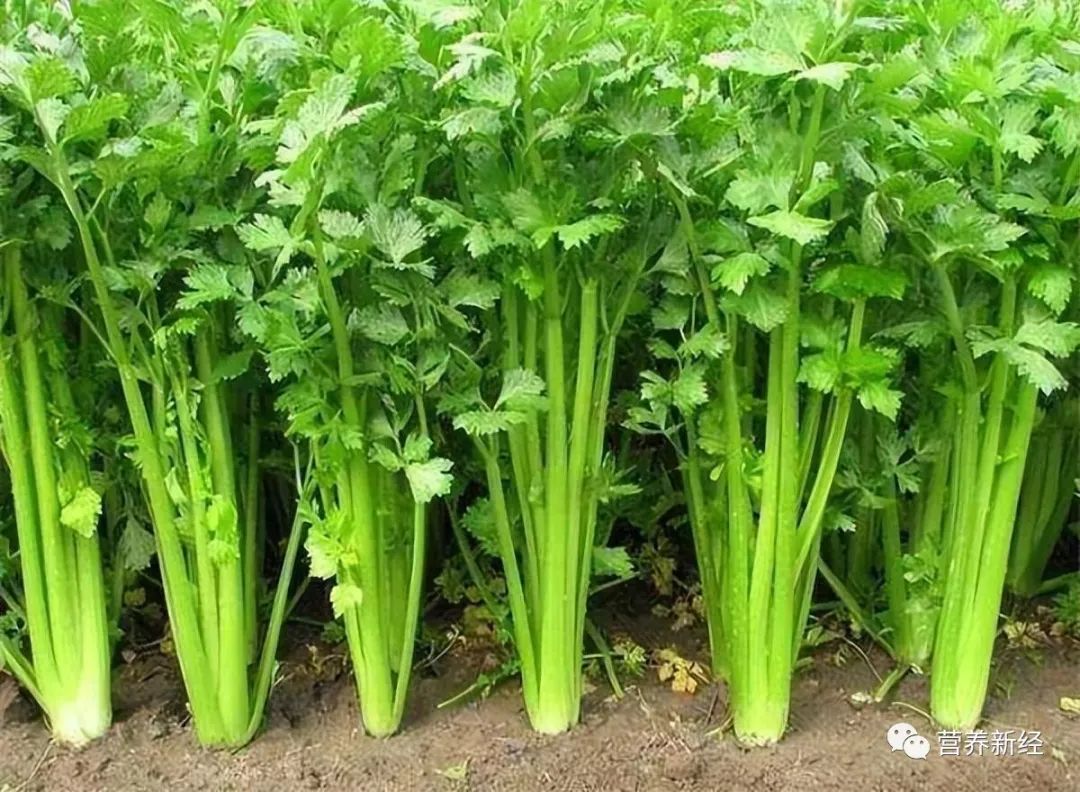Traditional Chinese Medicine (TCM) has a long history and rich experience, centering on the human body. TCM theory comprehensively analyzes the patient’s condition through the four diagnostic methods: observation, listening, inquiry, and palpation, to provide personalized and comprehensive treatment plans.
TCM treatment is based on the principle of “differentiation of syndromes and treatment accordingly,” which involves analyzing the patient’s various symptoms, signs, and pulse conditions to determine the syndrome, and then applying various treatment methods such as Chinese herbal medicine, acupuncture, tuina (Chinese therapeutic massage), and qigong.
Chinese herbal medicine is one of the main means of TCM treatment, derived from natural plants, animals, and minerals. It has a wide range of indications and good efficacy, characterized by gentle effects, lasting results, and low incidence of side effects.
Overall, TCM emphasizes holistic treatment and prevention, often achieving significant therapeutic effects and profound social impact in practical applications.

01
What Causes Blood Stasis?
Disease factors: Certain diseases can lead to blood stasis, such as hyperlipidemia, hypertension, elevated blood sugar, and atherosclerosis.
Prolonged inactivity: Long periods of sitting or lying down hinder blood circulation, causing slow blood flow and making it easy to form blood stasis.
Prolonged standing: Similar to prolonged inactivity, standing for long periods can obstruct blood circulation, making blood stasis more likely.
Long-term smoking: Smoking can damage blood vessel walls, leading to blood clotting and blood stasis.
Overeating: Overeating can cause gastrointestinal bloating, creating pressure that obstructs blood circulation and leads to local blood stasis.
Environmental factors: Cold, damp, and rainy weather can affect blood circulation in the body, making blood stasis more likely.

In addition to the above reasons, certain special situations may also cause blood stasis, such as pregnancy, use of oral contraceptives or hormone medications, and surgical patients. If symptoms of blood stasis occur, timely treatment at a hospital is necessary.
02
Why Does Blood Stasis Cause Spots?
Blood stasis refers to poor blood circulation within the body, leading to blood coagulation and accumulation in local areas, forming blood clots or varicose veins. The trapped blood can cause ischemia and even necrosis of surrounding tissues, ultimately resulting in black or red spots on the skin surface.
Under normal circumstances, blood flows in a liquid state. When the blood flow speed slows down and resistance occurs in areas with high venous blood volume, blood can coagulate and clump together. These clots act like barriers, obstructing normal blood flow and leading to insufficient blood supply to surrounding areas.
When surrounding tissues become ischemic, the body will rely on hematopoiesis and metabolic waste to sustain life. Prolonged ischemia not only affects tissue metabolism but can also lead to tissue necrosis, with necrotic tissue being metabolized out of the body, manifesting as black or red spots on the skin.

When black or red spots appear on the skin, it may be caused by blood stasis, requiring timely body regulation to improve blood circulation and prevent further deterioration.
03
What Are the Symptoms of Blood Stasis?
Skin bruising: Commonly seen on the limbs and trunk, with colors ranging from purplish-red to dark brown, irregular shapes, and varying sizes, lasting from days to months.
Pain and swelling: Pain can vary in nature, including dull pain, distending pain, hidden pain, tightness, or throbbing pain, often occurring in the limbs, lower back, and abdomen.
Cold pain and numbness: Sometimes accompanied by cold pain, numbness, or a sensation of low temperature, prominently manifested as cold limbs or weakness.
Skin flushing: Characterized by local redness, swelling, heat, or flushing of the skin, caused by blood accumulation leading to obstruction of local microcirculation.

Irregular pulse: Blood stasis can also cause an irregular pulse or palpitations, as obstructed blood flow creates pressure on the cardiovascular system, leading to palpitations and irregular pulse symptoms.
04
Traditional Chinese Medicine: Blood Stasis Causes Spots, Improve Blood Stasis Constitution by Regularly Consuming These 7 Ingredients
Red dates (Hong Zao): Red dates are beneficial for nourishing blood qi, regulating blood circulation, and stopping bleeding.
Purple rice (Zi Mi): Purple rice contains anthocyanins, which help improve vascular permeability and blood circulation.
Black sesame (Hei Zhi Ma): Black sesame nourishes the liver and kidneys, moistens dryness, and supplements blood.
Astragalus (Huang Qi): Astragalus tonifies qi, benefits yang, stabilizes the exterior, generates fluids, quenches thirst, and invigorates blood while stopping bleeding.
Brown sugar (Hong Tang): Brown sugar promotes blood circulation and resolves stasis.
Celery (Qin Cai): Celery has diuretic and laxative effects, lowers blood lipids, and helps eliminate accumulations in the blood.

Tomato (Fan Qie): Tomatoes are rich in lycopene, which has antioxidant properties, prevents cardiovascular diseases, and improves blood circulation.
In addition, consuming fresh fruits and vegetables such as persimmons, grapes, lemons, spinach, and asparagus can also help improve blood stasis constitution. It is also important to reduce the intake of spicy and irritating foods, as well as alcohol and tobacco, which are detrimental to health.

